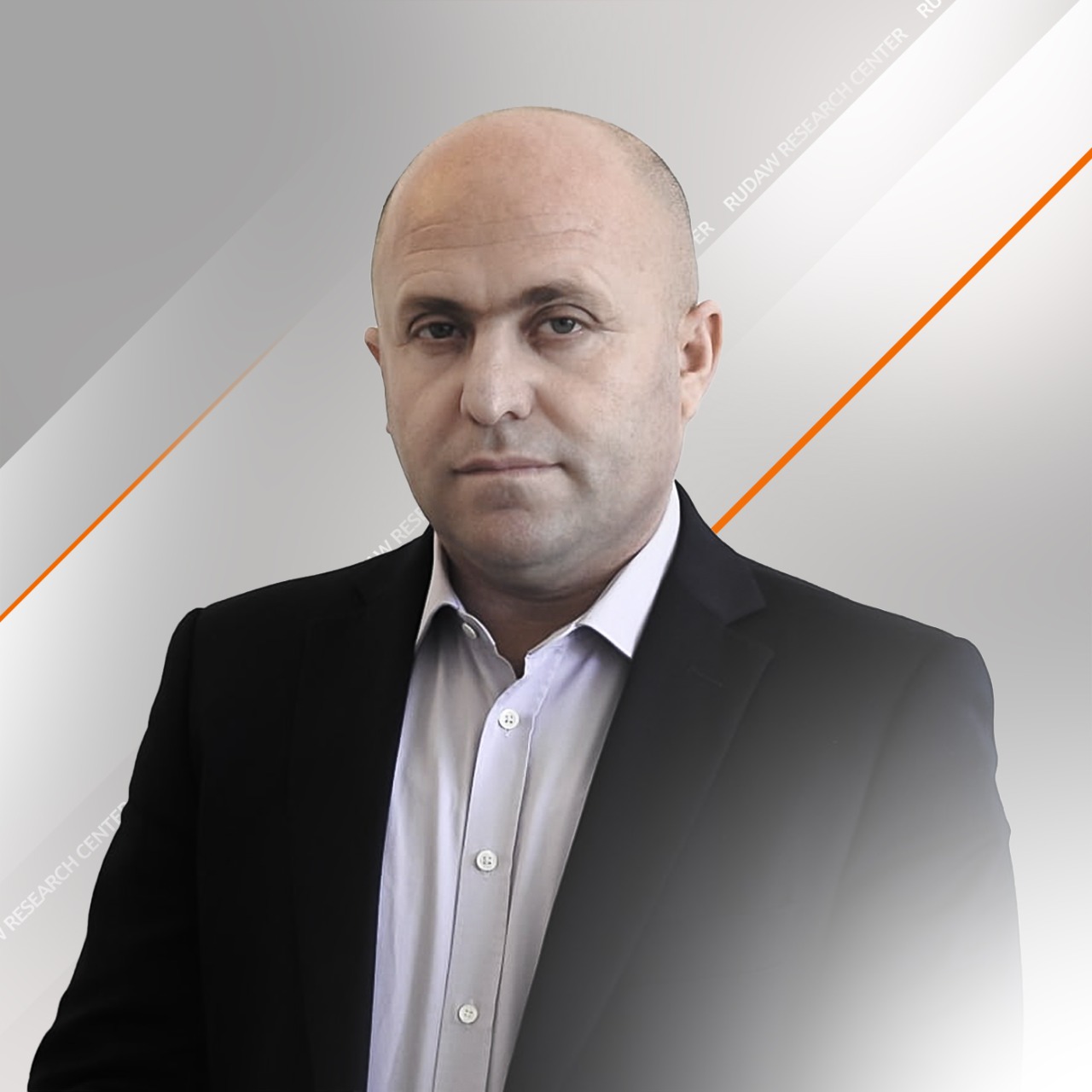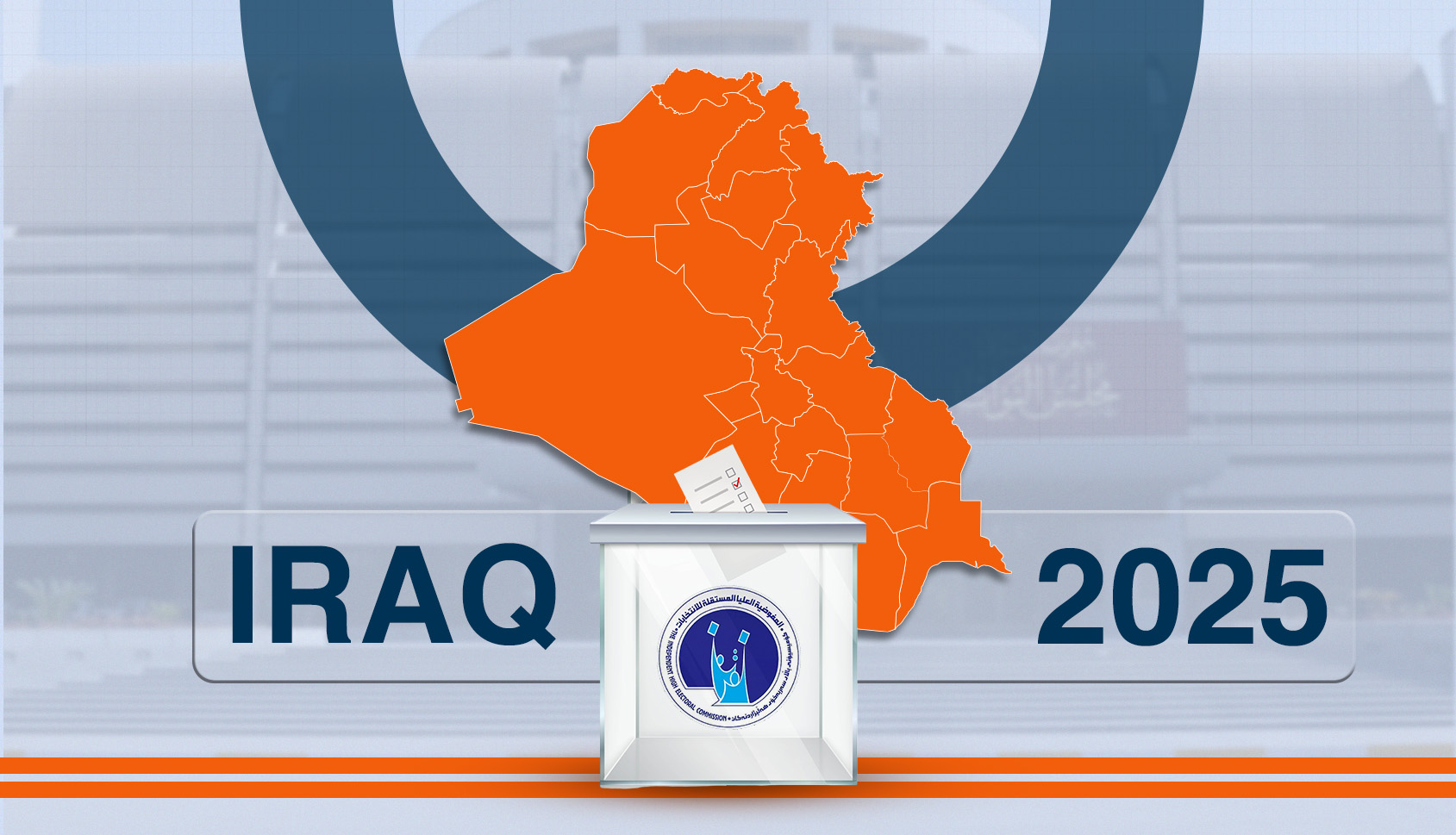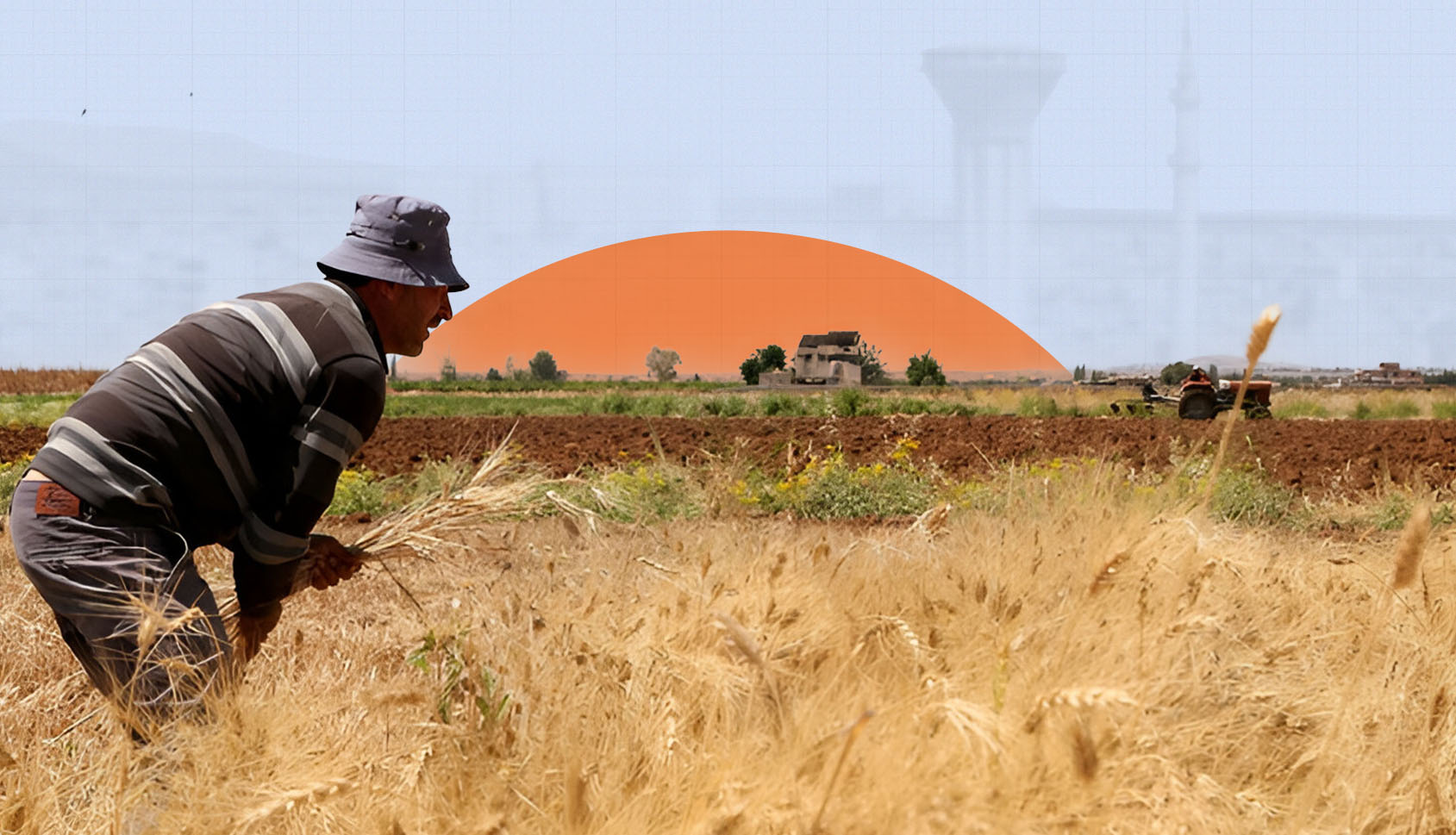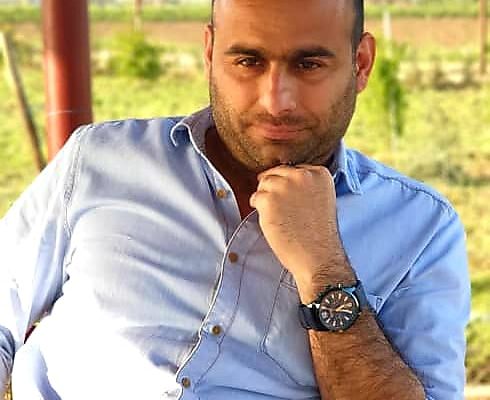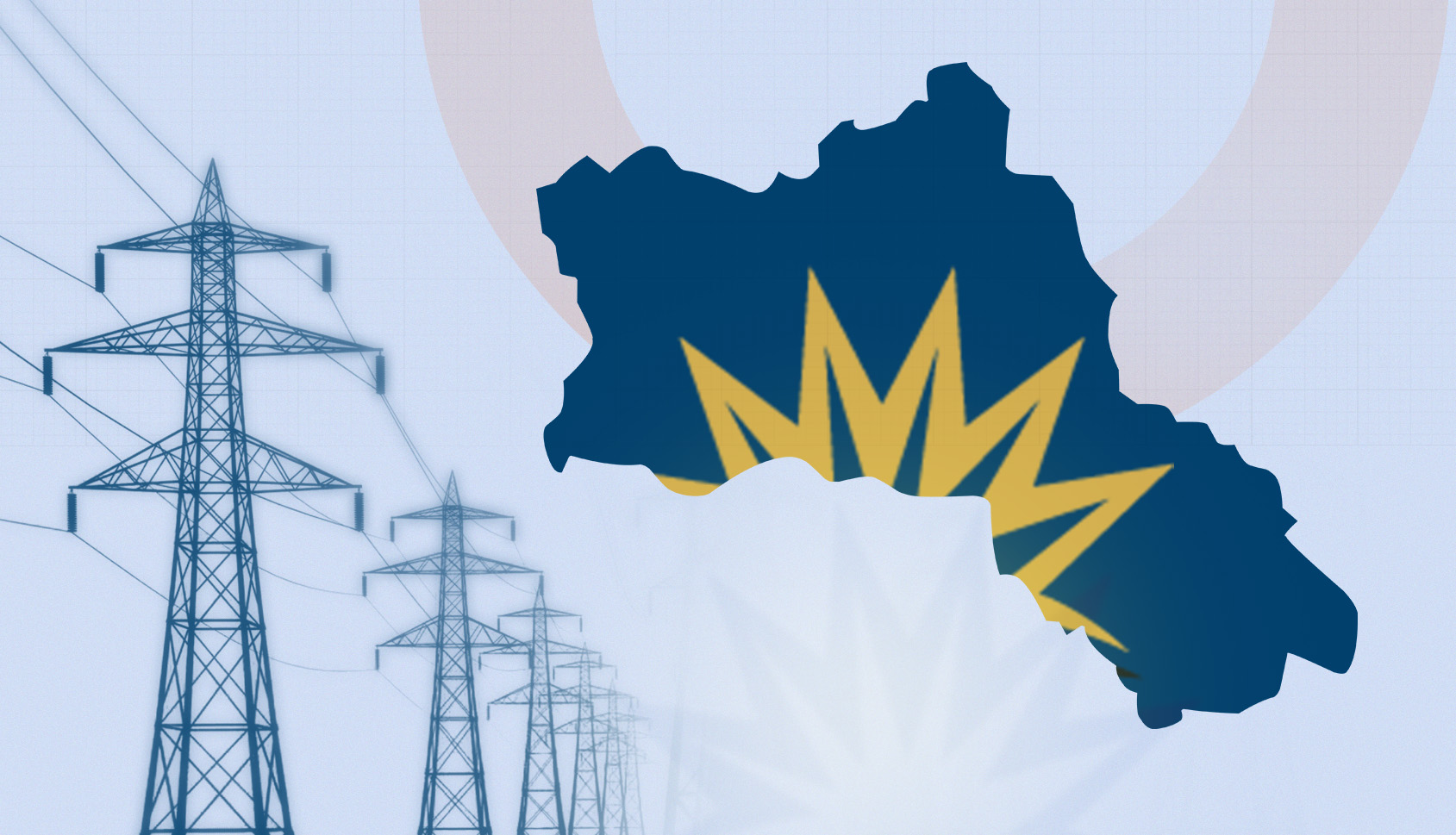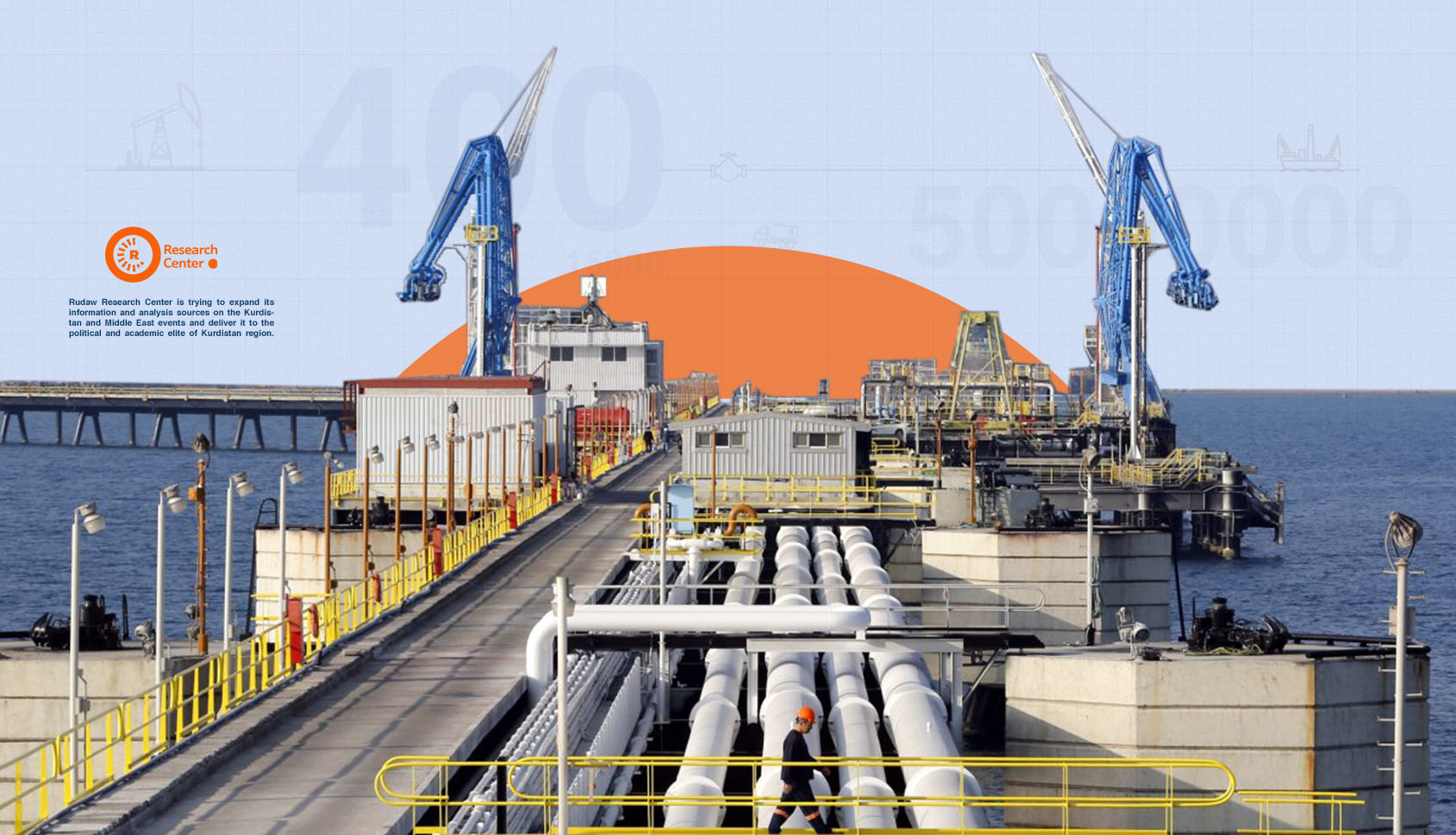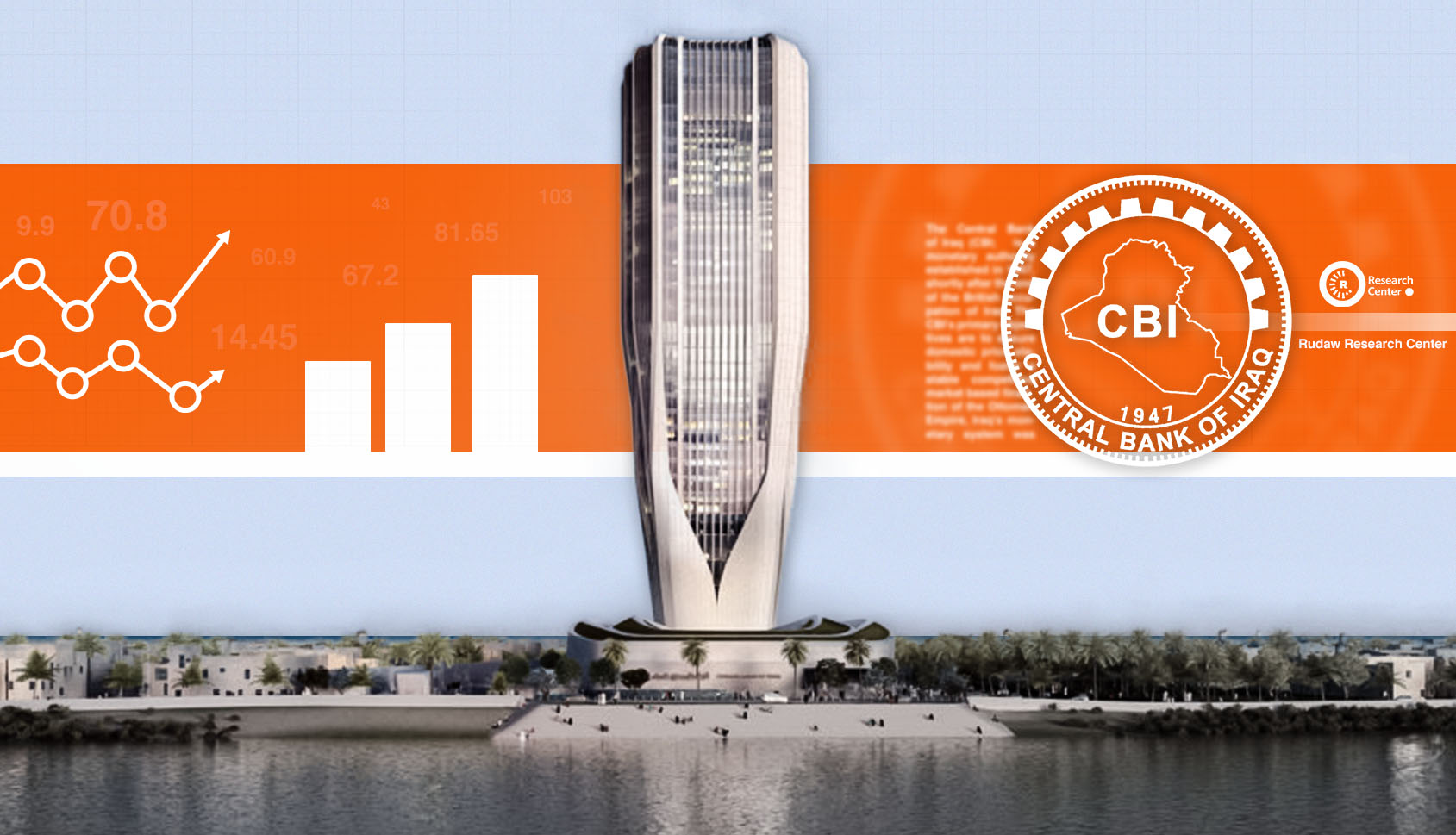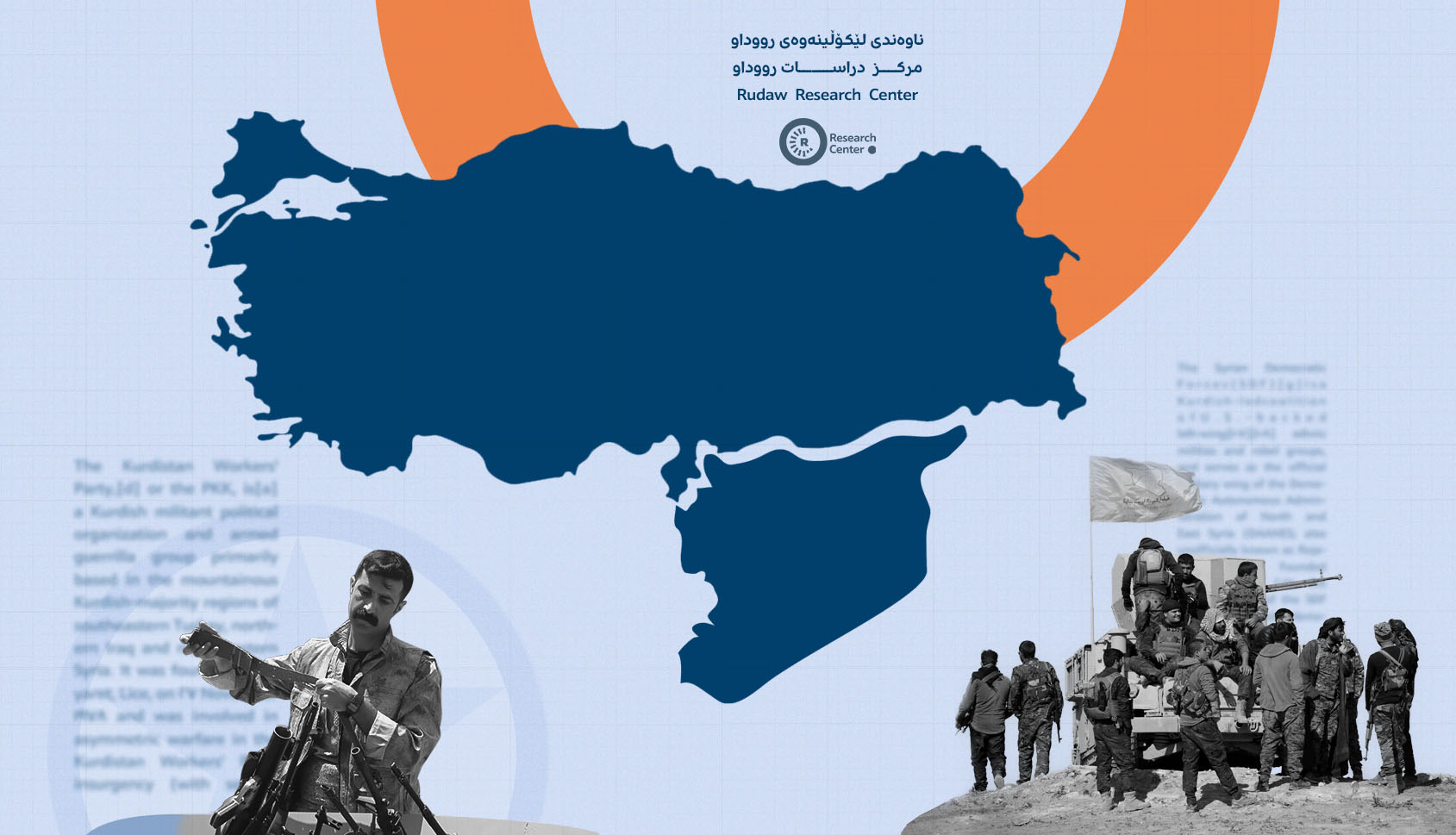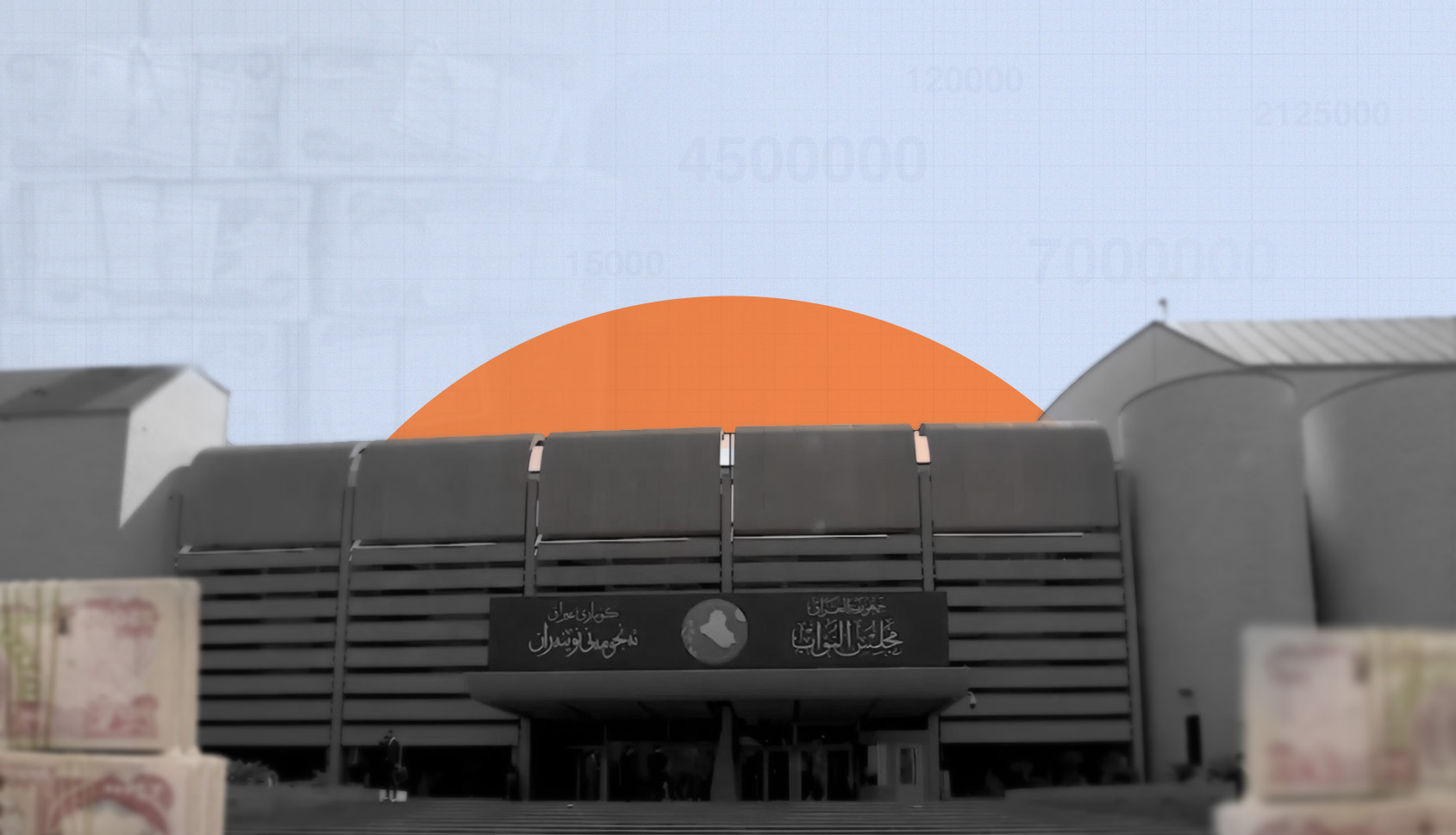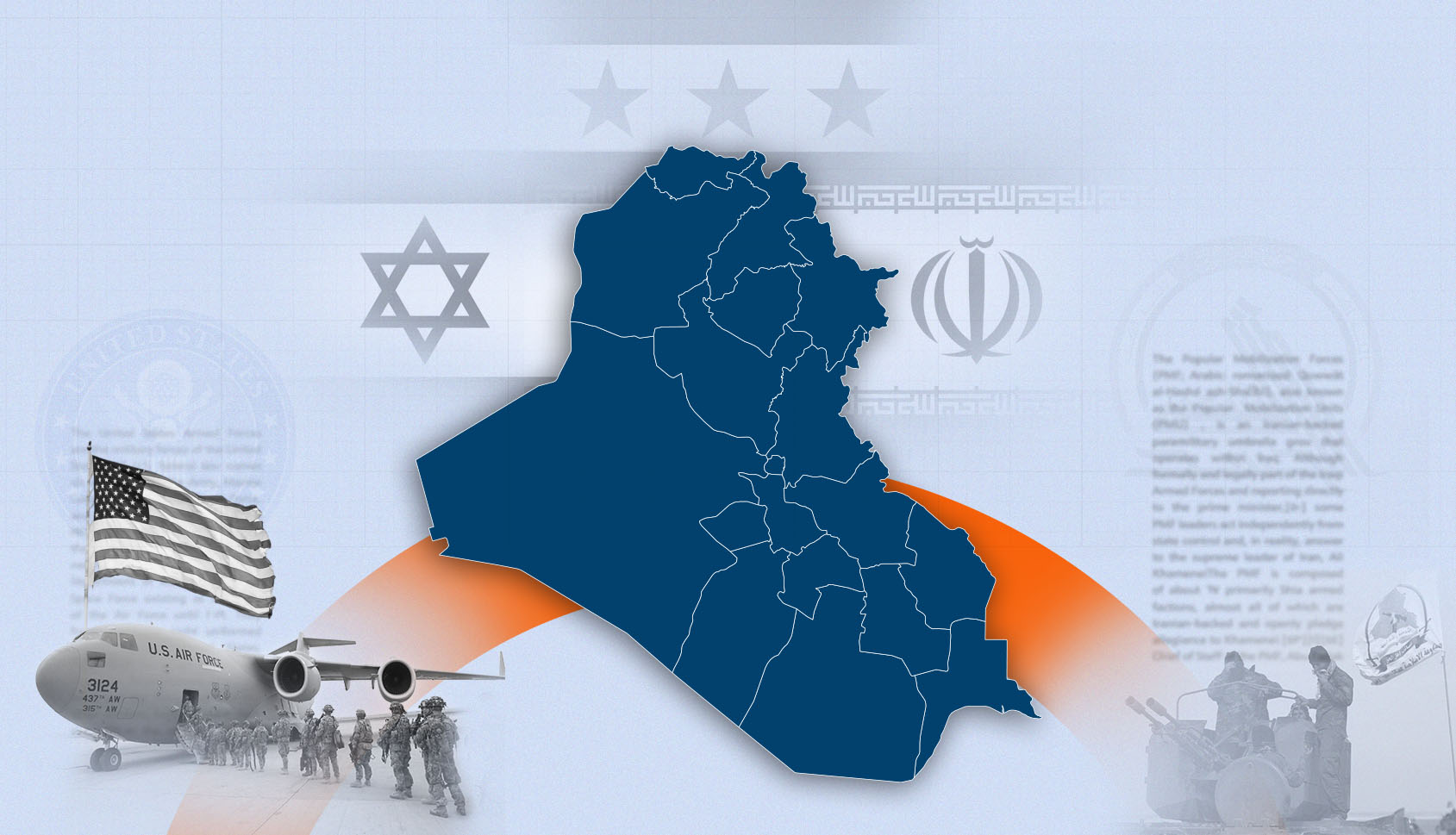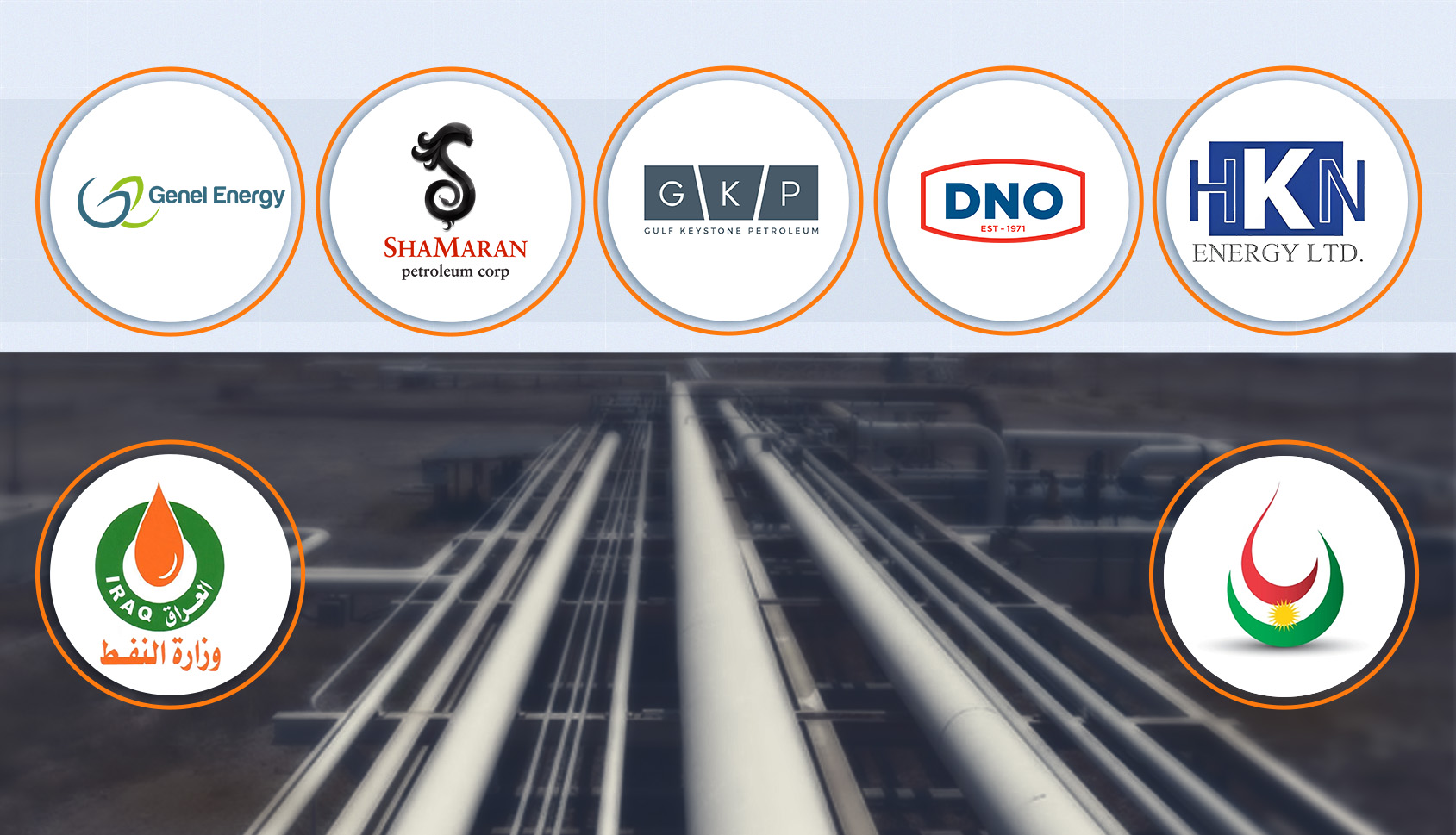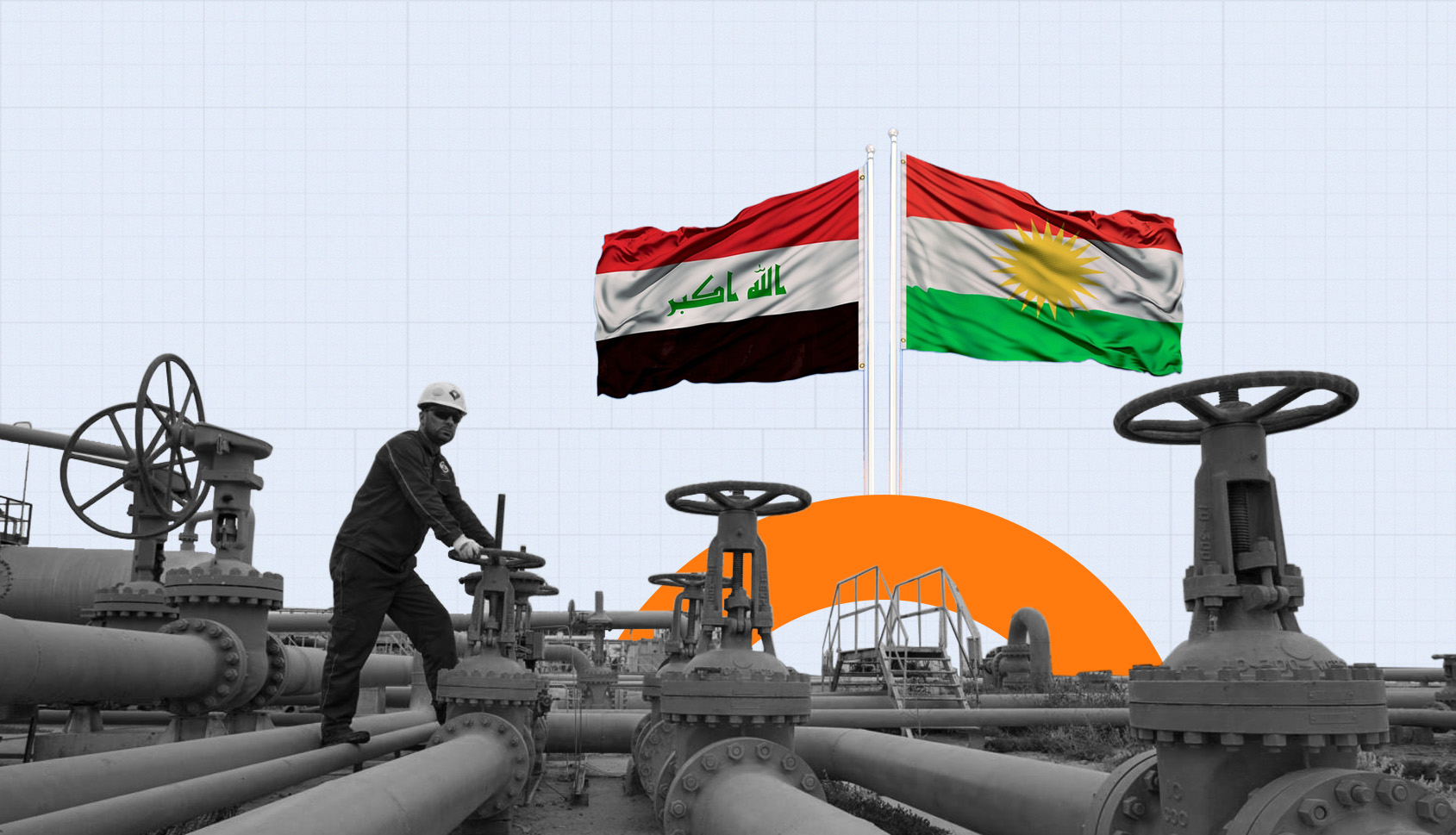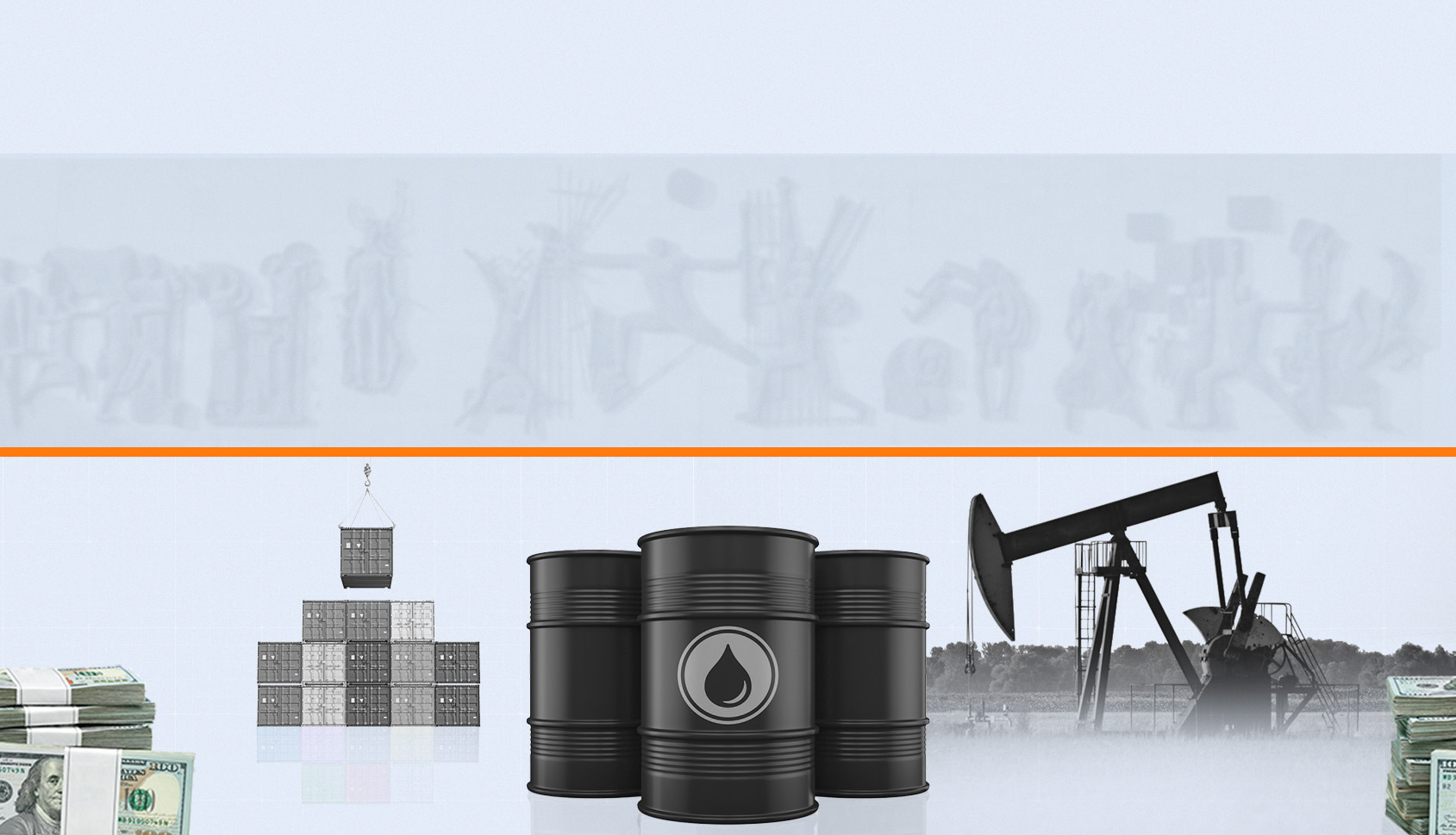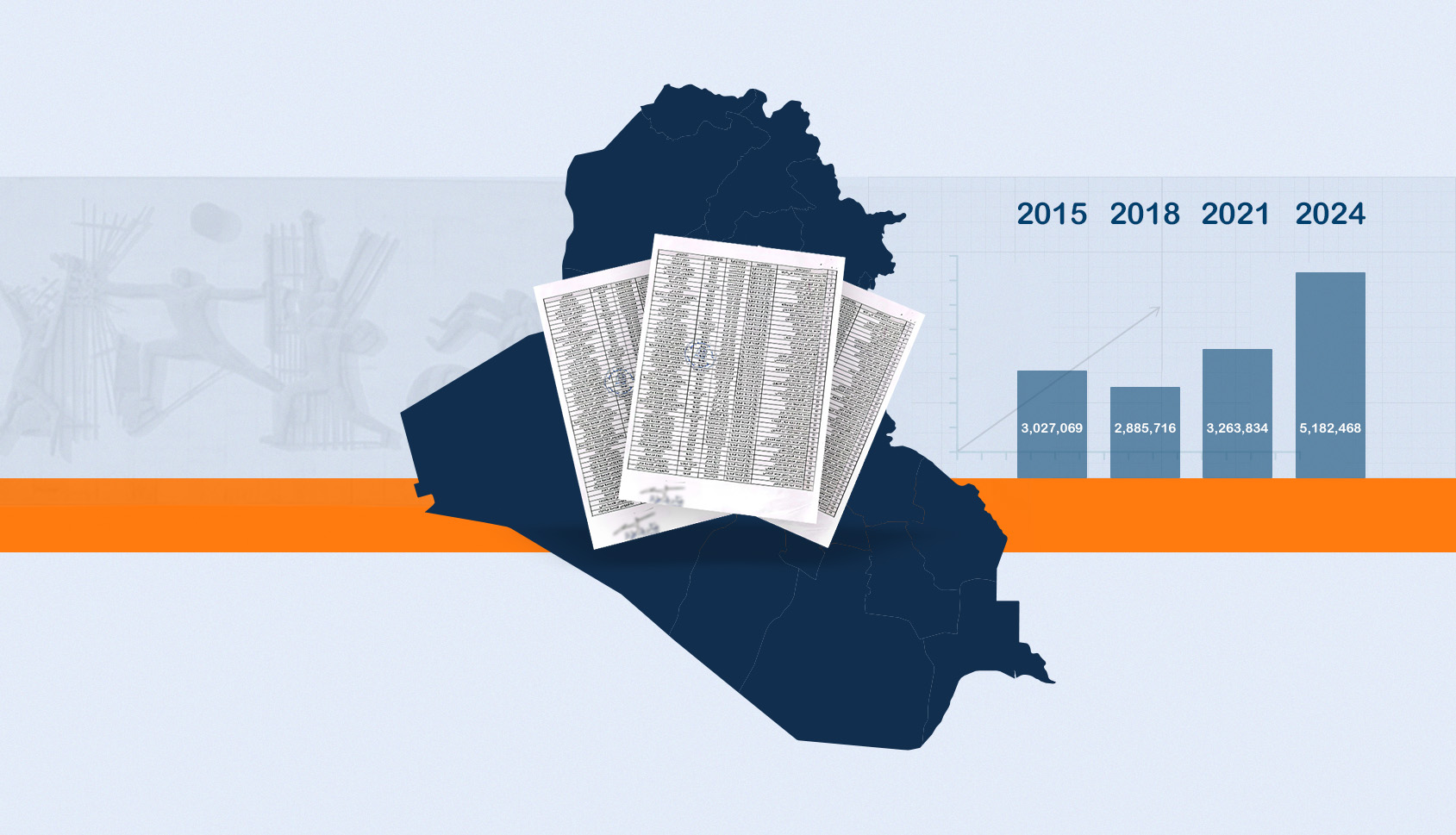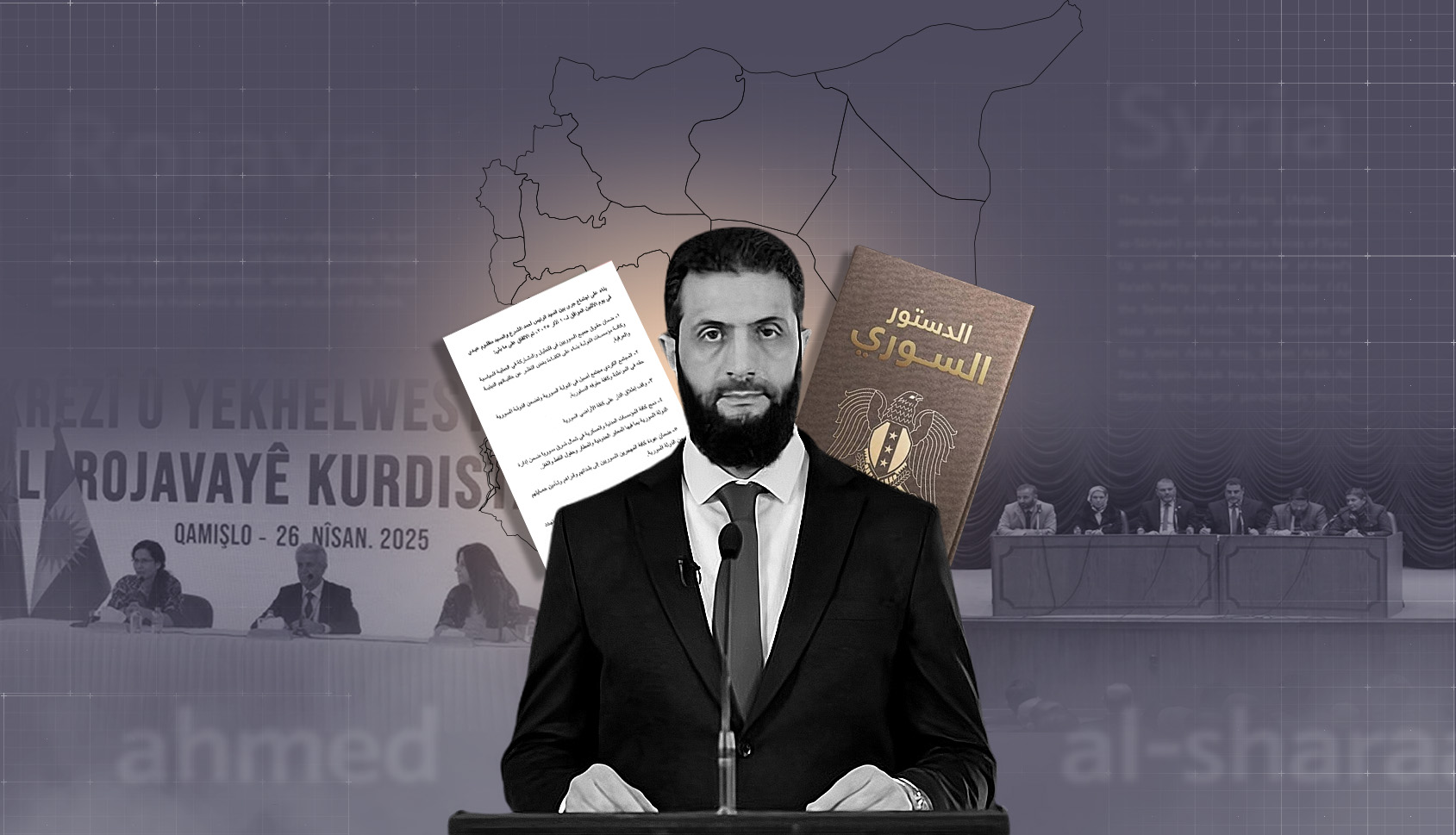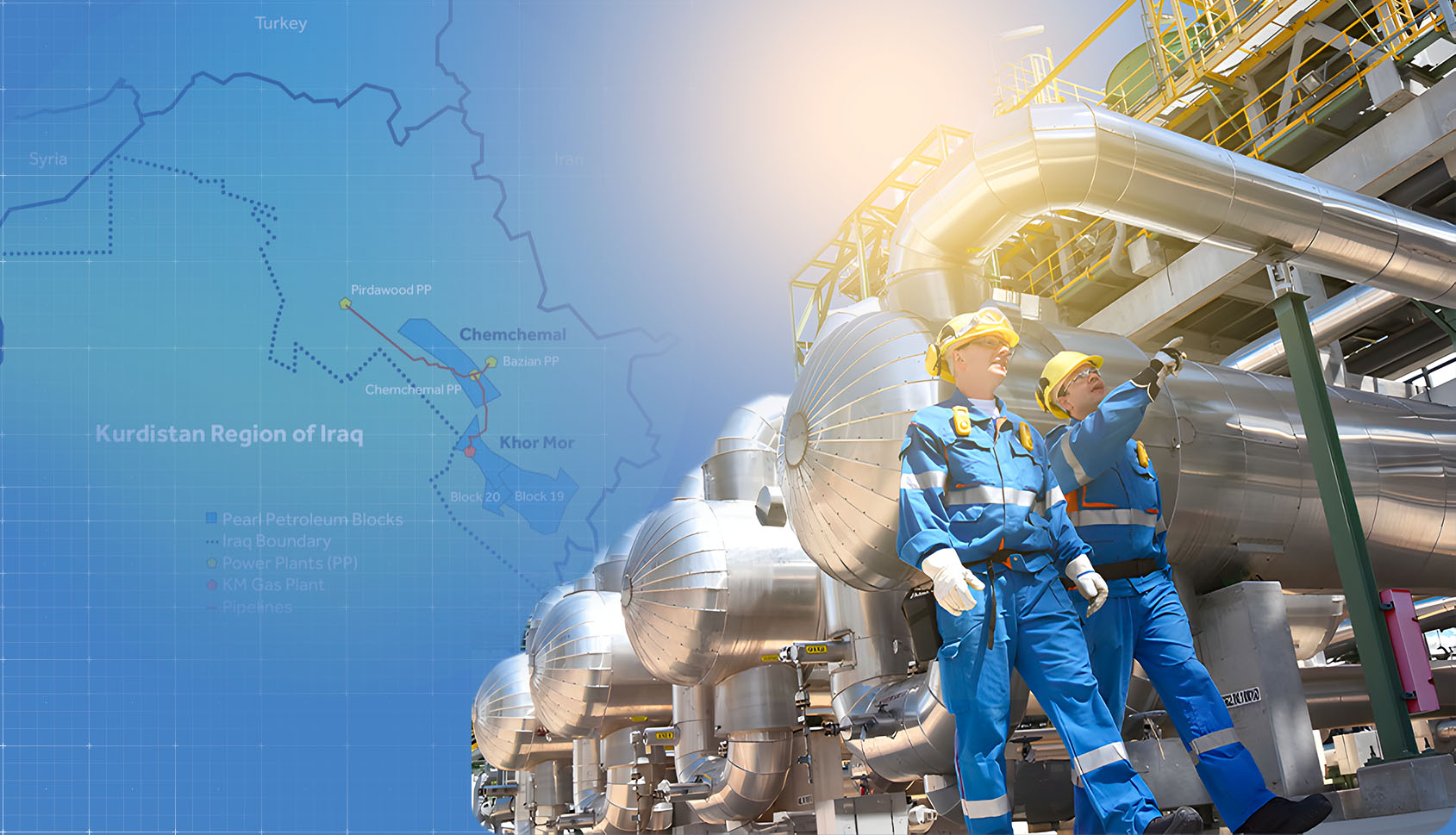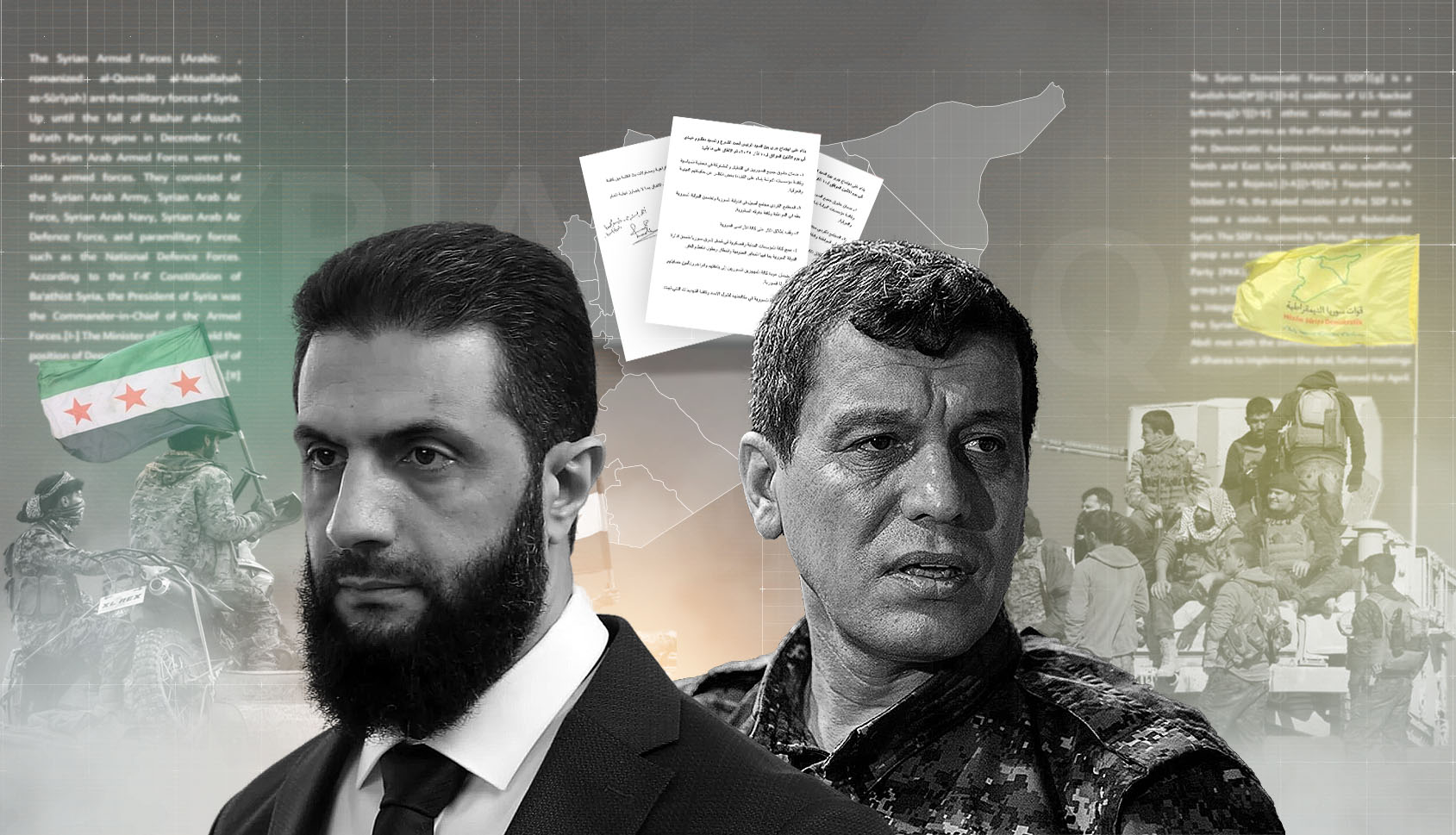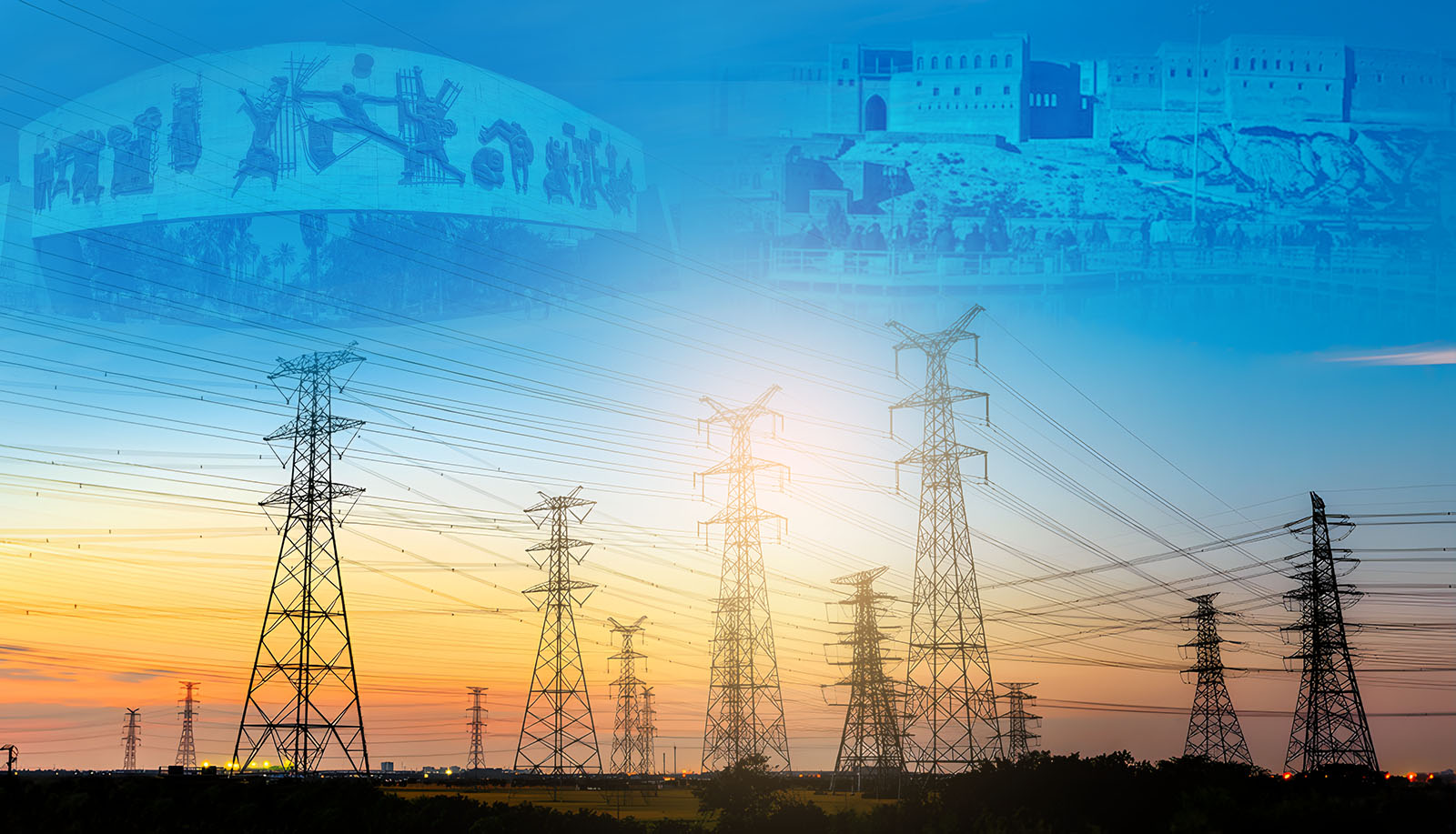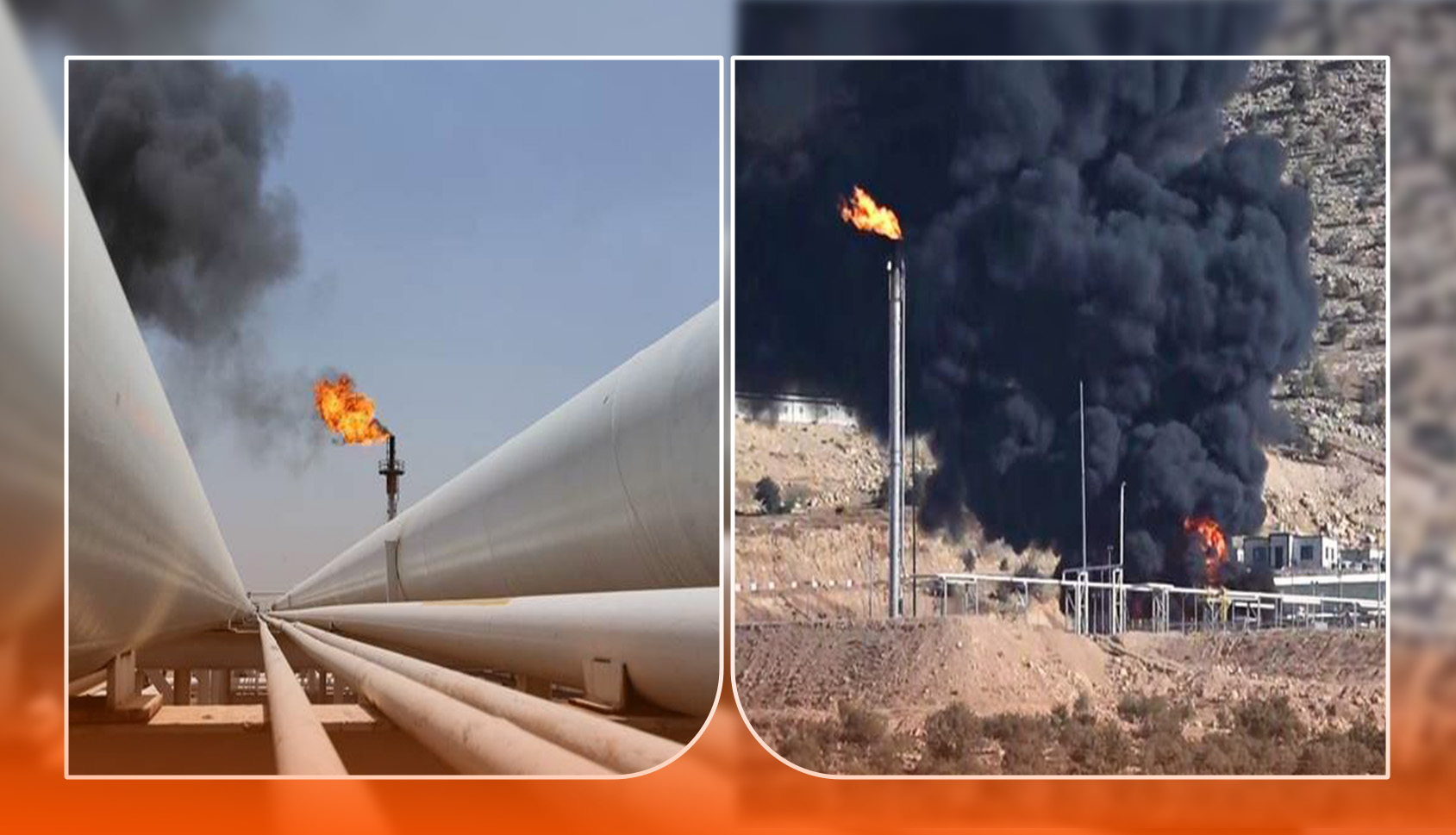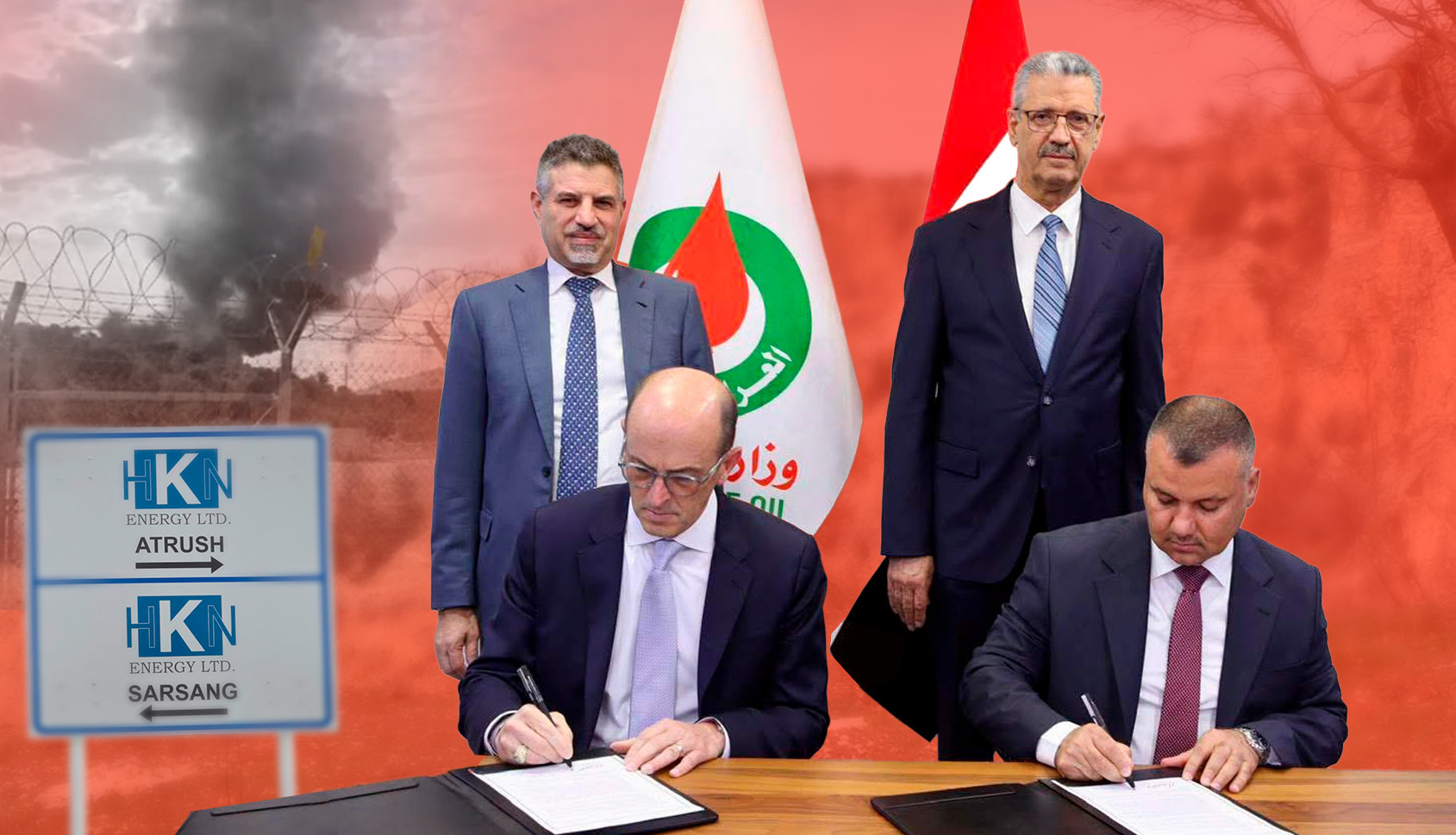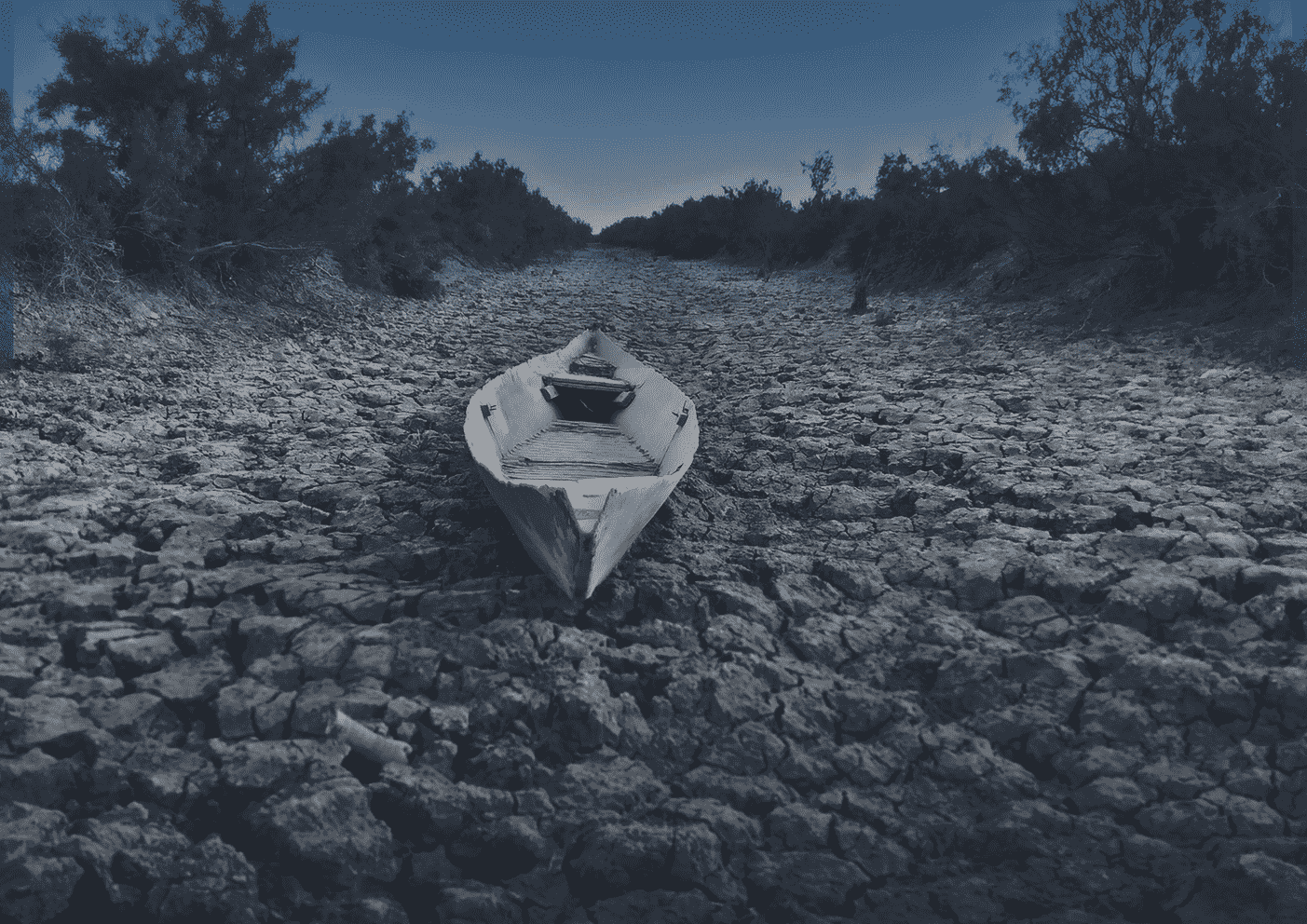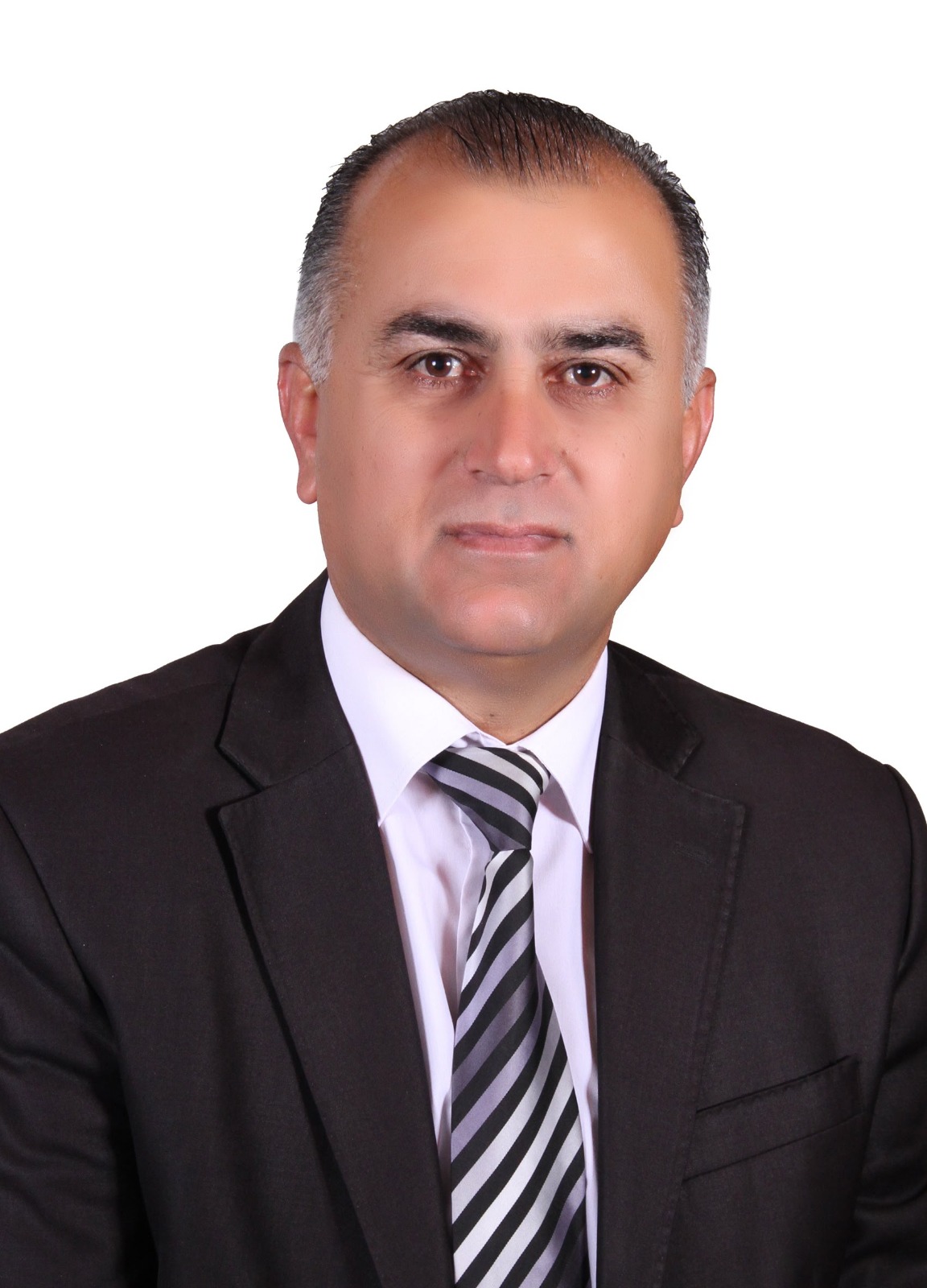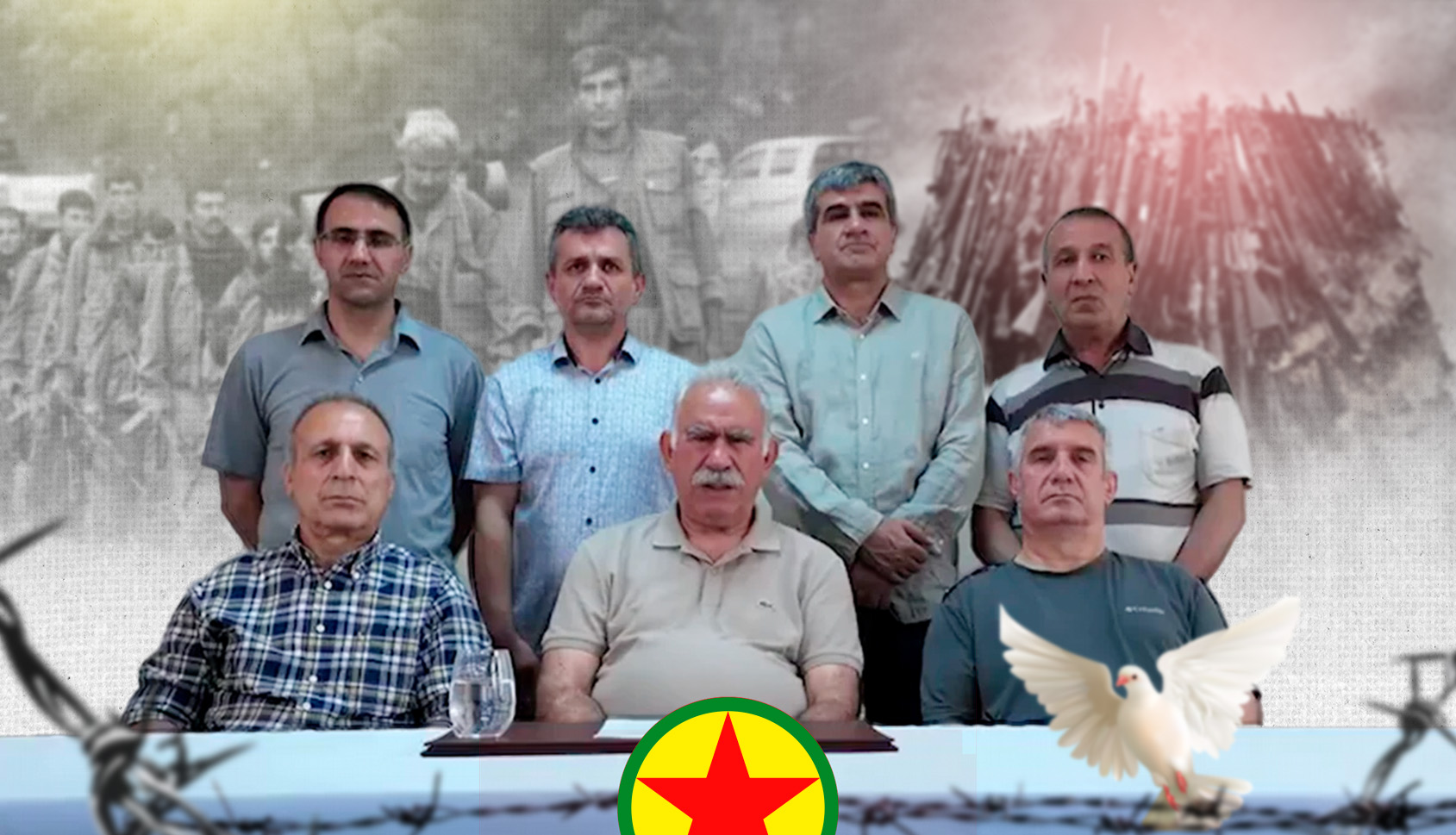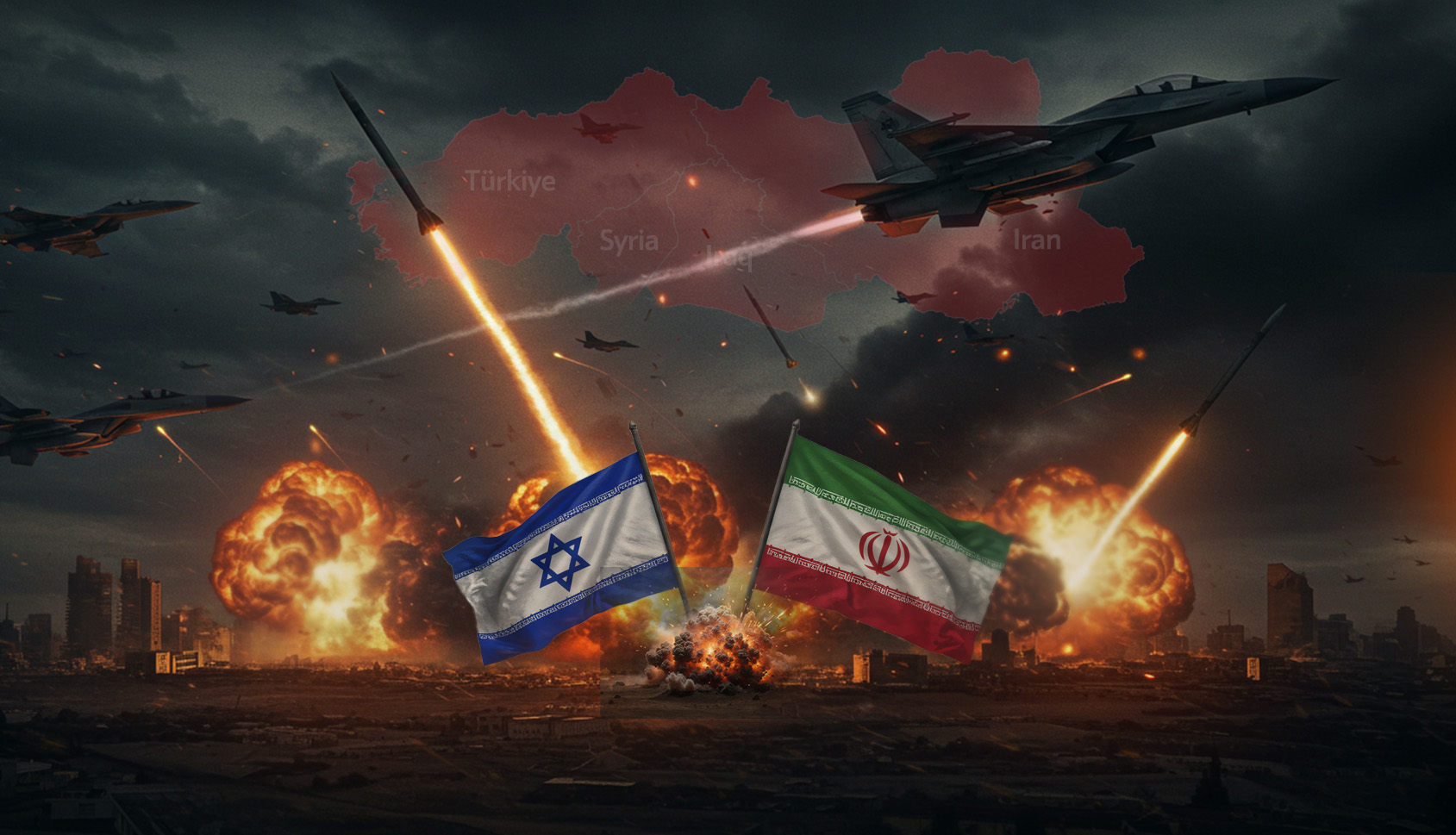While eyes were on an anticipated meeting between SDF and Damascus” al-Sharaa” in Paris, news of fighting between them in southern Aleppo has been ongoing for two days. In reality, the March 10 agreement between al-Sharaa -Abdi is rapidly approaching a turning point, and this will either result in a compromise or, conversely, pave the way for a third brief internal Syrian war during the aL-Sharaa era, which seems likely to intensify along the Aleppo-Raqqa-Deir ez-Zor line. The events in Suwayda paved the way for a de facto autonomy for the Druze. Of course, it's unclear whether this will continue or end somewhere, but if the "al-Sharaa Administration" can quickly resolve the issue of SDF dissolution and the integration of administrative institutions with the state, then it can still have hope for building a central political system that stays away from a shadow and under an authoritarian president. In contrast, SDF feels that compared to pre-Suwayda events, the current situation is a golden opportunity or a last chance, so it speaks louder than before about its survival and political autonomy.
